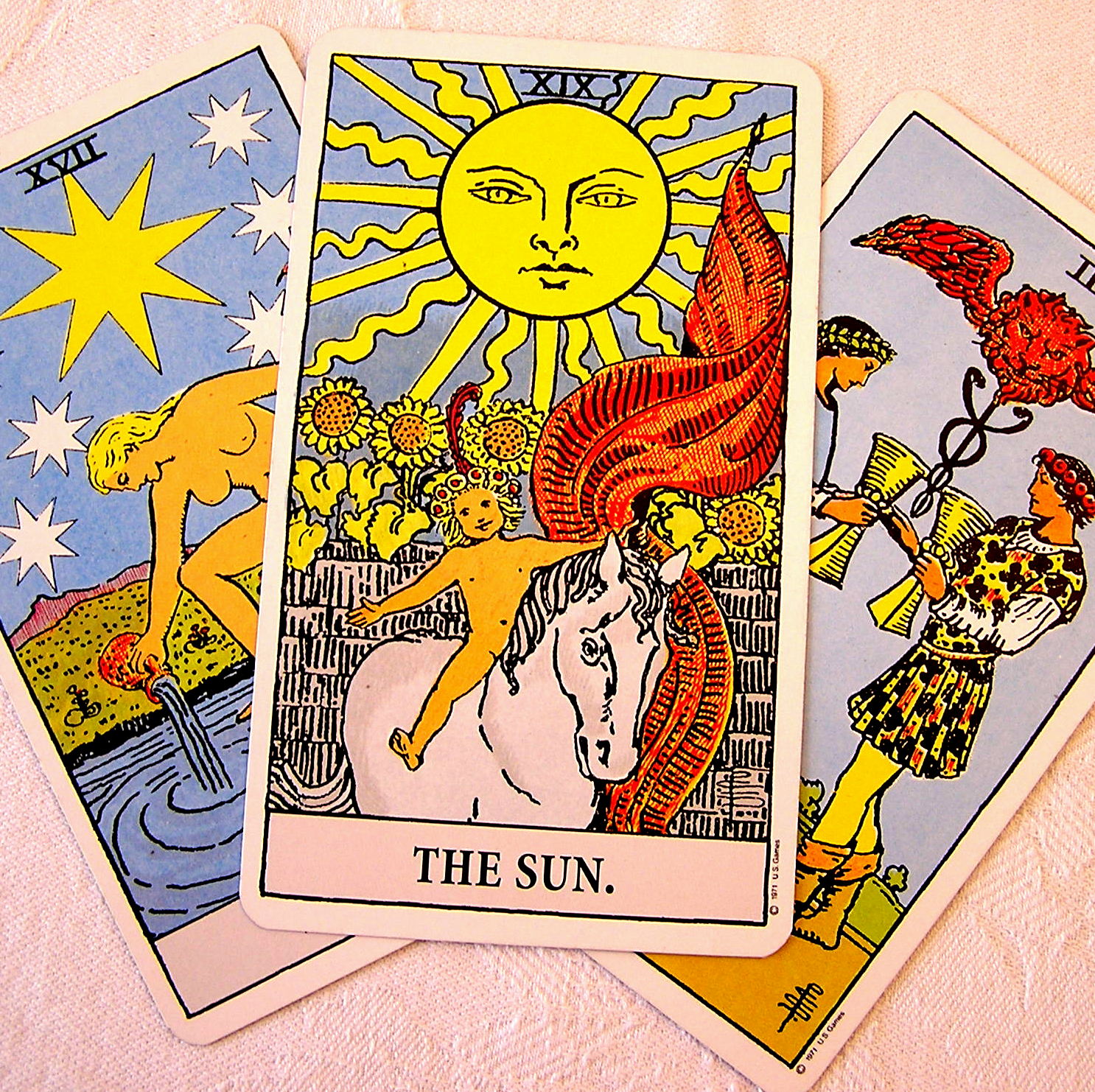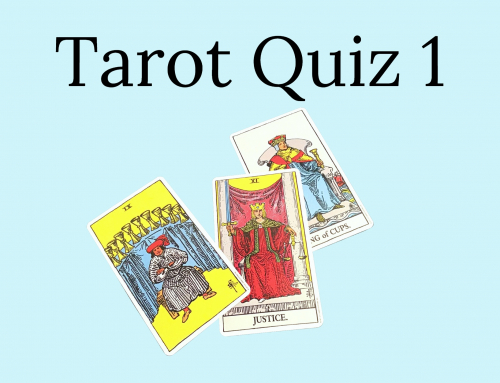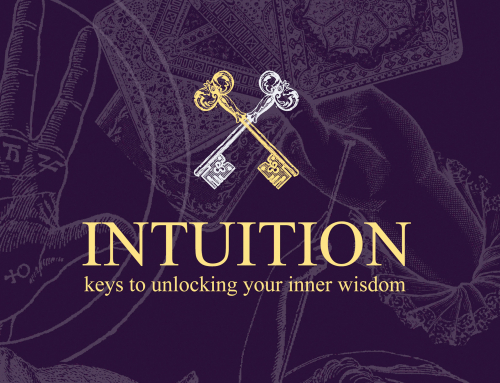Some students of the tarot are not interested in becoming professional tarot readers. For these individuals, the tarot is a guide on their personal and private journey through life.
This carefully constructed deck of 78 cards offers insights into how to overcome many of life’s obstacles. It illuminates underlying spiritual lessons in setbacks or disappointments. It also offers hope for the future when life seems bleak. Consulting the cards presents a new perspective into current circumstances, which deters costly, repetitive mistakes.
When respectfully consulted, the tarot is like a wise friend, offering insight without judgement. Intense city living allows less time to share personal burdens with friends, with rare opportunities to bounce ideas around and fathom solutions to our problems.
Instead of burdening friends we tend to seek counsellors, clairvoyants and hopefully, unbiased professionals to help us to clarify our options and responsibilities.
Marina discovered that her tarot deck was a useful tool for spiritual growth. By asking a carefully constructed series of questions about her career, she was able to clarify the steps required to get out of her dead-end job and find a company that valued staff education. In her new position she was offered training and support to move forward into a fresh, more rewarding role in the organisation.
Phillipe was emotionally adrift at 40 and despite career success, he was single and lonely. When friends asked him what the perfect partner might look like for him, Phillipe had no idea. Career had consumed him and as mid-life approached, thoughts of raising a family surfaced. He had no viable map to guide him towards the family life he desired.
Delving into the tarot offered him an opportunity to explore emotional and spiritual parts of life and see what life offered beyond his career in a law firm. Over the next three years Phillipe pursued a range or personal interests including jogging, photography, cooking, meditation and carpentry. He even spent most of his weekends for half a year helping a friend restore an old schooner but he repeatedly found himself exploring the possibilities of the tarot.
Occasionally his work required that he act as a mediator between stakeholders in conflict and when this occurred he spent his evenings asking the cards a series of questions including
- What is each person’s agenda in this process?
- On what level do I need to address this individual’s need (physical / financial, emotional, mental or spiritual)?
- What is each participant’s minimum requirement for resolution?
- Is it wise for me to request assistance in this process (an additional, more experienced mediator)?
- Is there anything I’m missing in this negotiation?
- What is the most effective way to approach this participant?
Gradually he found that the process of mediating between warring factions became less stressful than it had been previously. He noticed too, that meetings were shorter than expected, as he postponed discussions until he could peacefully consult the cards at night to explore the most effective approach to each issue.
In 18 months Phillipe developed a reputation for being the company’s best mediator. He read books on active listening, negotiating and the tarot, combining all of this knowledge into his daily process of finding viable solutions for people who had reached stalemates.
During his nightly tarot practice to explore options at work Phillipe discovered the most effective questions to ask the cards. He gradually created a list of mediation questions for the cards which made his daytime conflicts more manageable and precise. Eventually he asked some of these questions directly to clients during mediation sessions and as a result, the process often reached an equitable conclusion earlier than expected.
I jokingly suggested that he write a book entitled “Tarot as Applied to the Law in Australia’ and he tactfully paused for a moment before shaking his head slightly. This was a process for his eyes alone. I then suggested that he apply the same questions to himself in the pursuit of a life partner and he enthusiastically agreed.
Over the next year he asked himself simple questions that were not nearly as simple to answer as he had anticipated. His first question was ‘Am I ready for a long term love relationship now?’ When he realised that the answer was ‘No’ he asked “Why not?’
The significant cards in this layout included the Three of Swords and the Queen of Cups. Upon reflection he realised that he was still harbouring regrets for ending a relationship with a Cancerian woman 15 years previously. Then it was time to ask ‘How can I best lay the past to rest and make room in my heart for a new partner?’
The significant cards in this layout included the Four of Cups and the Eight of Swords reversed. These suggested that meditation might prove helpful (four of Cups) in cutting the ties that bound him to the past (eight reversed). Gradually, by presenting clear, precise questions and acting on the answers given, Phillipe was able to move forward towards the life he desired. He was recently married and they are searching for their family home.
During a recent reading an elderly woman explained how she discovered the tarot by accident. Kate became ill and had to move in with her adult daughter for two years to convalesce. Due to exhaustion she was confined to the house and often only to one room. Kate read every available magazine and then began reading all the books in the house.
Removing a thick tome from her daughter’s bookshelf one afternoon revealed a yellow box, wedged in behind the book. It contained a tarot deck. Kate spent a few hours with the coloured cards spread out across the bedspread, looking for differences and similarities in the card before her. When her daughter arrived home she appeared in the doorway with a small cake, asking if Kate wanted a cup of tea.
When Sheridan returned with the tea she produced a couple of tarot books to help her mother make sense of the cards. “These might help. When you’ve read them I’ll be your first practice client,” she said as she poured the tea. Over the next few months Kate read and re-read the books, tried the reading process and frightened herself with what she discovered. When she had no more questions to ask she read for Sheridan before phoning a few friends to offer them free readings.
Soon the word was out that free tarot readings were available and Kate began reading for strangers on the phone, while propped up in bed with pillows. On the bedside table she had a flask of tea to keep her going. After each reading she carefully consulted her books to ensure that she hadn’t overlooked a card meaning.
When she told me this I asked if it was possible that her illness might have been an introduction to the tarot.
“It was that and more,” she explained. “I was physically ill for sure but I was also spiritually weak, from feeling unheard by others. My husband died more than ten years ago and my daughter is busy with work and her adult children. I felt invisible. It was as though I had nothing to give that anyone valued. Those phone readings made me feel valued for the first time in years. Women like me; we need something worthwhile to do. Suddenly I had plenty of people to look after, some I’d never even met.”
After returning to health, Kate purchased a range of tarot books and has even run some beginners tarot courses at her local community centre. The tarot offered her a path back into life. Although many people perceive the tarot as a book of predictions, it’s actually a book of life. The beauty of this book is that those 78 cards present each reader with a unique story.
© 2015 Paul Fenton-Smith. Paul offers personal and distance readings and a range of courses.
Paul teaches introductory Tarot courses in Epping NSW and also offers distance learning through a Tarot correspondence course.




